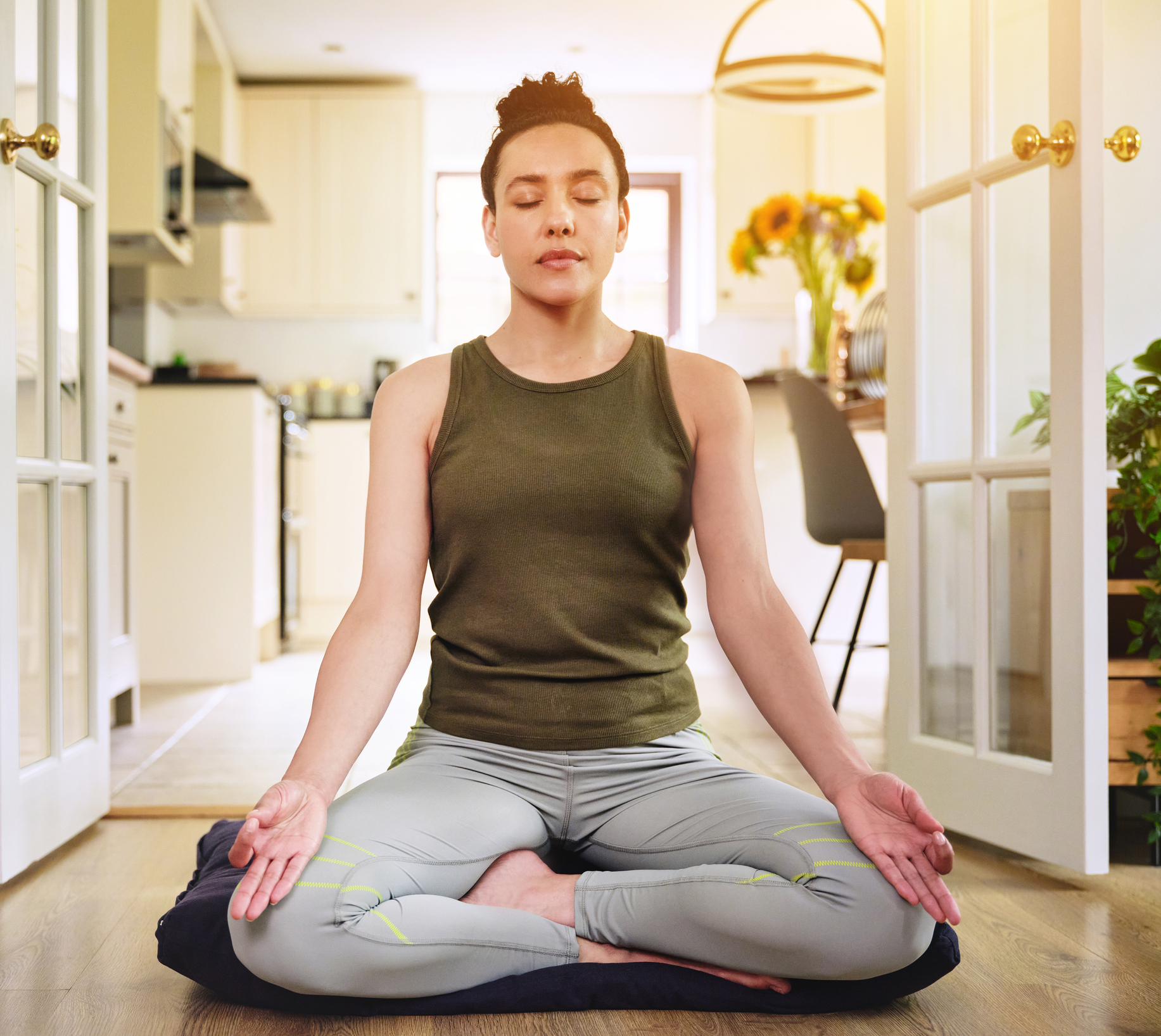There are many different types of meditation. Most spiritual and religious traditions embrace some form of meditation as do an increasing number of practitioners in the Western and complementary medicine communities.
What all types of meditation have in common is they help you to steady the mind. They do this by directing your attention to a specific focus such as a scene you visualize, the breath, or a specific sound like a mantra. When we focus the mind our energy moves from being dissipated to being concentrated. When energy is concentrated and moved away from perceived stressors, two important results occur: (1) we release stressful thoughts that create tension and (2) we can connect to a deeper aspect of ourselves that is not reactive or emotional. These results help to bring about all the other benefits of meditation.
“Meditation is not a monolith; it’s a symphony of techniques. From the ‘focused attention’ of Vipassana to the open monitoring of Mindfulness, to the transcendence of Mantra meditation – each type offers a unique path to the same destination: inner peace and self-understanding,” – Dr. Sara Lazar, a neuroscientist at Massachusetts General Hospital and Harvard Medical School.
While all forms of meditation will help you to steady the mind, there are many different ways to classify them. And one type may be more comfortable or effective for you than another. Below, I classify meditation according to the tool we use to anchor and calm the mind and prevent its customary wandering from thought to thought. However, this list is not comprehensive. But it does include some of the commonly practiced techniques. Each of these types of meditation provides a specific point of focus that helps to steady the mind during practice.
Physical prop meditation
You can use any item as a prop upon which you fix your gaze. The item should be placed in front of you at a height level with your face. The position of the prop should enable you to easily focus on it while keeping your head in a neutral position (neither tilted back or forward) with your neck aligned and the entire length of your spine straight.
Choose as a prop an item that has special meaning to you or that inspires a positive feeling or emotion. You can also choose an item that is neutral in its effect upon you, but avoid anything that has a negative connotation.
Here are a few ideas for props:
-
- a candle flame
- a photo or statute of a religious icon, a saint, sage, or guru
- a single flower
- a mandala or yantra
- a crystal
- a seashell or stone that is special to you
Mindfulness Meditation
During mindfulness meditation, your focus is fixed on observing the present, which requires you to be aware of “what is” during each moment of your meditation practice. When the eyes are closed, this means you notice bodily sensations such as itching, tightness, pain, heat, and any sense of discomfort or comfort in various parts of the body.
Or you might focus on your thoughts by noticing each thought that arises. The idea is to watch your thoughts without engaging and resisting any urge to start an internal dialogue. With respect to both body sensations and thoughts, it is important to observe them without attachment and without labeling any sensation or thought as good or bad, right or wrong. You are simply the witness who is watching and noticing the details of your body and the activity of your mind.
If your eyes are open, you can focus on the present moment by observing the visual details of the objects around you. This is a particularly beautiful practice to do when in nature. For example, you can observe the details of a tree, the bark of the tree, the canopy made by the leaves of the tree, or even the structure of a single leave. You can do similar with flowers, grass, the clouds in the sky, the ocean, or any physical object.
Breath Meditation
During this type of meditation, the focus is on your breath. There are many ways to use the breath to anchor your awareness. The simplest form of breath meditation is to observe the breath as it flows in and out of your body. To help you maintain focus, it can be helpful to use mental repetition or to feel the sensation of the breath.
Mantra Meditation
Mantra meditation completely engages the mind in chanting a mantra. Mantras are sound vibrations that have a specific effect on the mind and emotions. Aum (also spelled Om) is an example of a mantra. A positive affirmation, such as “I am peaceful, I am calm”, could also be used. But I’m not sure English affirmations carry the same power as ancient spiritual Sanskrit mantras. You can decide for yourself!




0 Comments